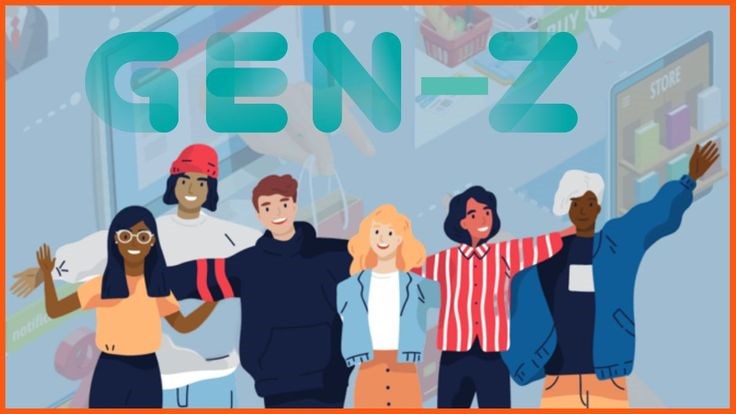Gen Z is causing a lot of disruption in retail and e-commerce by demanding authenticity, convenience and sustainability. This generation wants to have one on one interaction with sellers and hence they go for the brands that they think are noble. Such a mindset forces the retail companies to improve online shopping, implement social commerce, and create a good omnichannel retailing. Such preferences are revolutionizing trade tactics and strategy.
A fundamental trend for Gen Z consumers has been personalization. Targeted promotions, interactive content, AI-recommended products or services are the things that they expect from brands. People of the current year cannot be sold merchandise – they are interested in experiences that are personal and tailored. Businesses employing the value of data are becoming more valuable and generating more traffic and sales for stores.
E-commerce and other related factors keep emerging as trends that reign supreme in the current and the future market environment; and social commerce cannot go unnoticed. Namely, 62% of Gen Z modifies their shopping list based on content they discovered on Instagram, 56% use TikTok to shop, and 55% use Snapchat. They interact with the influencers, attend live shopping, and want to purchase products through the social media platforms easily. This is because these brands stand to benefit from better click-through-rates, higher conversion-rates and overall consumers’ brand-loyalty.

Sustainability is a key consideration for Gen Z’s decision making for their purchase. For community value, consumers favor brands that source materials responsibility and produce them sustainably while using environment-friendly packaging. Business organizations that avoid the adoption of sustainable practices stand the risk of being left behind by this select consumers. The current culture of sustainability in retail is not only meeting consumer expectations but also providing growth to the business and improving the stores’ brand image.
Seamless omnichannel experiences are crucial. Gen Z demands the non-difference between offline and online shopping. Facilities such as select and purchase online where one can pick up the products from the physical stores (BOPISs), were flexible payment methods and timely delivery being established prerequisites. This means that the retailers who put emphasis on these issues benefit in the aspect of customer satisfaction and customer loyalty hence giving them the competitive edge in a competitive market environment.
Conclusion
The consumer preferences of generation Z are in the process of shifting the landscape of retail and e-commerce. Their need for self-actualization, sharing economy, conscious consumption, and frictionless journey is now unbearably unfriendly towards brands which do not bend to these trends. The former will be the winners and the latter will be the losers as adoption of these trends increases and becomes the new norm for doing business.